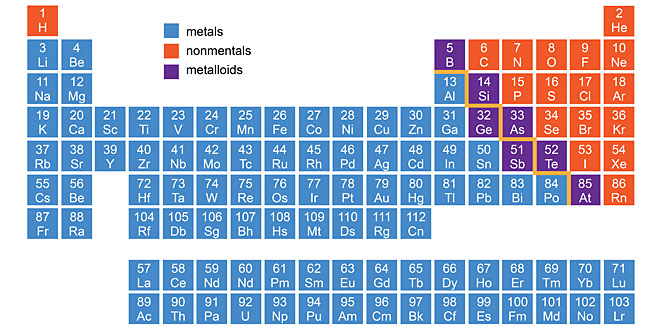Question: Describe an experiment to show the conditions necessary for rusting of iron.
Answer: Take three clean iron nails without any rust on them and three test tubes with corks.
- In test tube A, put a few lumps of anhydrous calcium chloride (a good drying agent which absorbs water vapour from the atmosphere). Put a layer of cotton wool and then nail. Close the test tube with a cork.
- In test tube B, take some pure (distilled) water. Boil it for one minute to drive off any dissolved air. Then drop in the nail. To keep the air out, seal the water surface in the test tube by pouring molten wax on it (wax will slowly solidify on the cool water surface). Close the test tube with a cork.
- Half- fill the test tube C with tap water and drop the nail in it. Close this test tube also with a cork. Leave the tubes for several days.
- We will find that the nails in test tube A and B have not rusted, while that in test tube C has rusted.
- Thus, the experiment shows that for rusting to take place, both air (oxygen) and water are essential.
Question: Discuss briefly the different methods used for preventing corrosion of metals.
Answer: Rusting of iron, and corrosion of other metals can be prevented by not allowing air to come in contact with the metal. Some methods for doing this are as given below:
- Painting or applying oil: Painting the surface of the metal after cleaning it thoroughly is the most common method of preventing corrosion. The paint keeps air away from the metal surface. Applying grease or oil on the surface has a similar effect. However, if there is a break in the layer of paint, grease or oil, the metal starts corroding at that point.
- Covering with another metal: Depositing a layer of another metal which is more resistant to corrosion is another commonly used method for the prevention of corrosion of metals. The metals mostly used are zinc and tin. Covering a metal with another metal can be done by the following ways:
-
- Galvanizing: Clean iron sheets are dipped in molten zinc to deposit a layer of zinc on it. This process is called galvanization. The G.I. water pipes available in the market are made of galvanized iron. Galvanized iron does not rust even if there is a scratch on the zinc layer.
- Electroplating: The process of electroplating is also used to deposit a metallic layer to prevent corrosion. Tin is electroplated on iron to make food containers commonly called tin cans. However, if the tin layer gets scratched, the iron starts rusting at that place. The tin can is then no longer suitable for storing food. Chromium is electroplated on steel furniture and bicycle handles to prevent rusting. In addition, the chromium layer also gives steel an attractive shine.
- Anodizing of aluminium: A layer of aluminium oxide is formed on aluminium upon exposure to air. This prevents further corrosion of aluminium. If this layer layer is made more uniform, it protects the aluminium underneath more effectively. This is done by a process called anodizing. It consists of passing an electric current through sulphuric acid using aluminium as anode. Oxygen is evolved at the anode which reacts with aluminium to form a uniform protective layer of aluminium oxide.
- Alloying: Some metals become corrosion-resistant when alloyed with other metals. For example, stainless steel which is an alloy of iron, chromium and nickel,does not rust easily.
-
Question: Give the names and composition of alloy that are used for the following: Making statues, Joining wires in electronic equipments, making surgical instruments, making bodies of aircrafts, making accurate laboratory balances, making bodies of ships.
Answer:
 Class Notes NCERT Solutions for CBSE Students
Class Notes NCERT Solutions for CBSE Students


